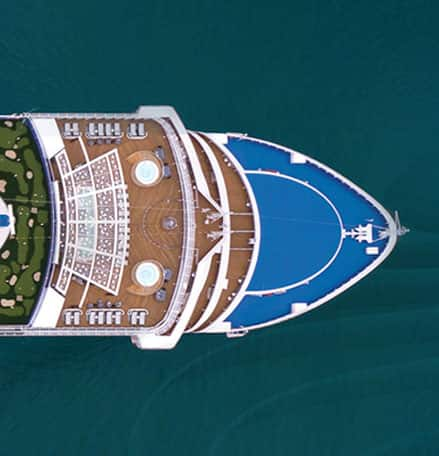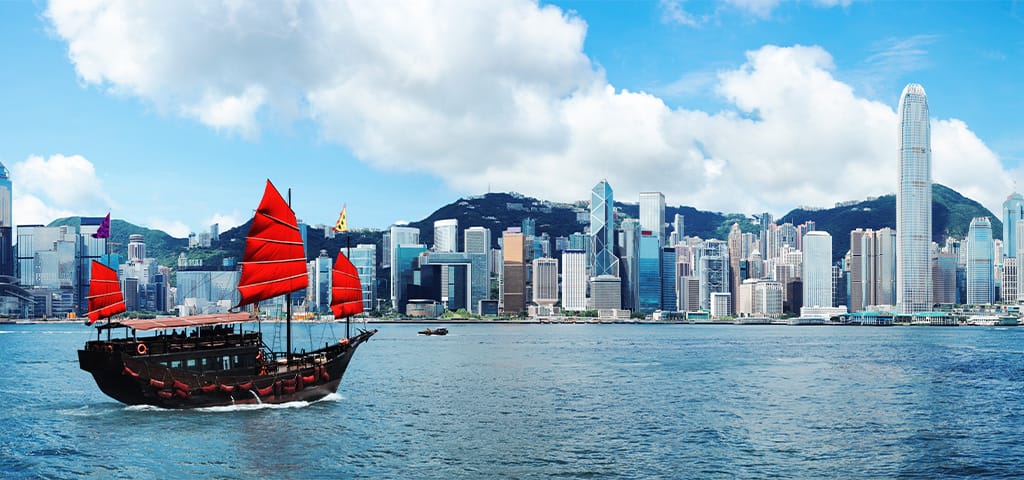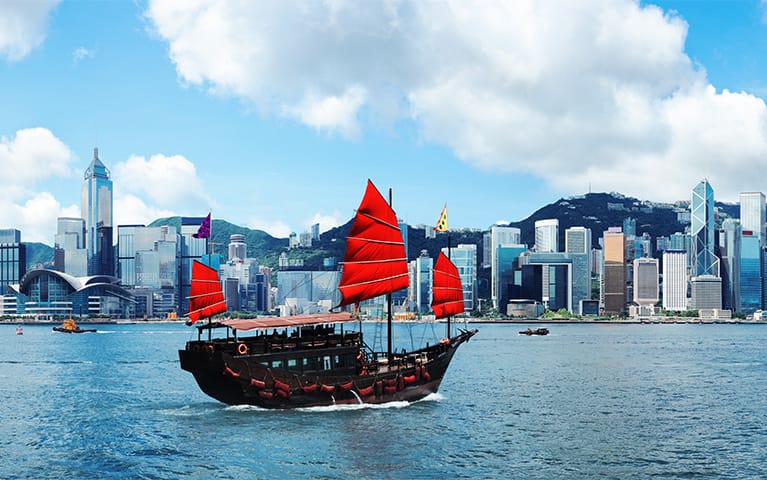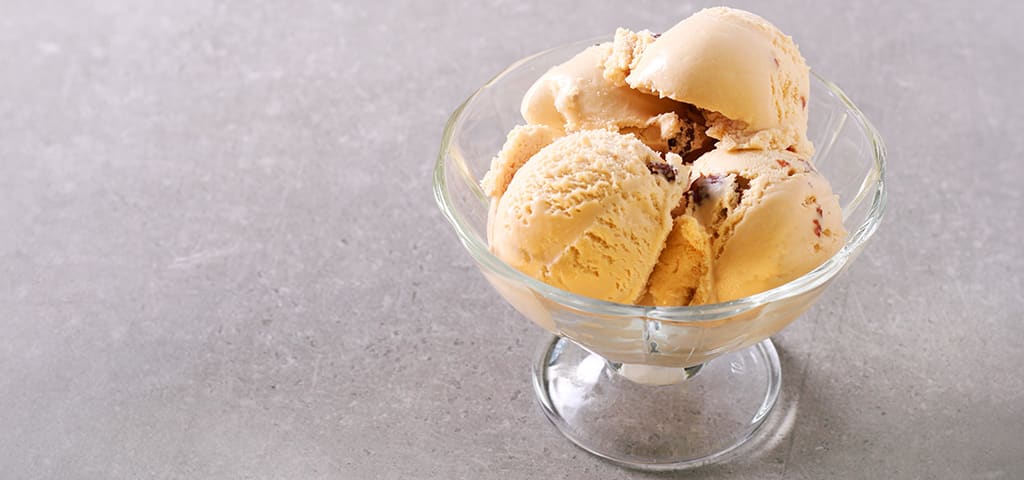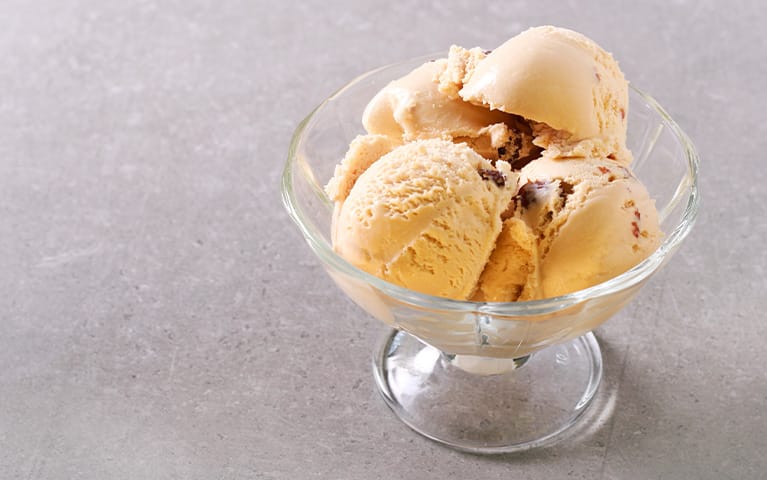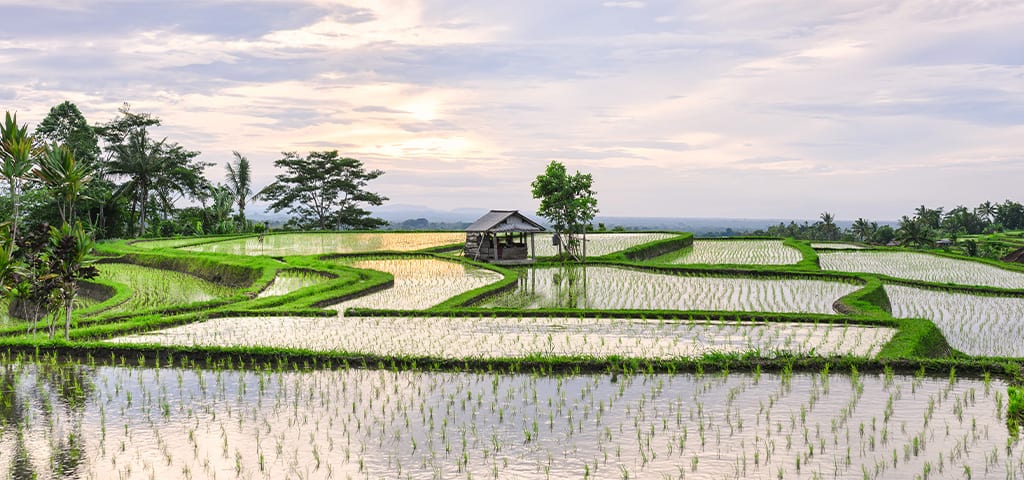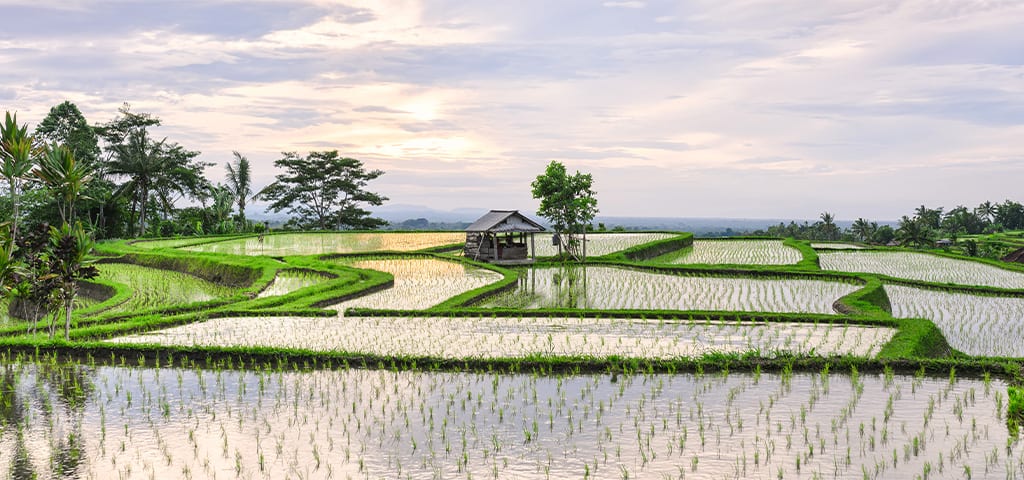Read More
Discover The Top 6 Rare Treasures Of Hong Kong
Hong Kong is a truly remarkable destination to explore, a dynamic city boasting a collection of sights and experiences that illuminate its fascinating story. Read about some of the lesser-known and curious treasures of Hong Kong from Guest Speaker Dr. Roger Harris, who will be sailing aboard Regatta’s May 22, 2025, and June 3, 2025, voyages, sharing his experience and insight of the region with you.

Hong Kong outperforms its own clichés, with dramatic contrasts, fascinating culture, superb food and dazzling sights, all of which are highly recommended for visitors. In addition to the better-known sites, there are many unusual and less well-known attractions and experiences that provide a more intimate connection with the city’s unique history and culture that can surprise and delight even the worldliest traveler.
- Sunset Survivors Tour, Yau Ma Tei
Yau Ma Tei is one of Hong Kong’s older mixed residential and retail districts that is full of historic markets and buildings. There still exist several shops where elderly craftsmen continue to ply their traditional twilight trades. Among them are a pawnshop that has been passed down through four generations, makers of handcrafted copper cooking pots and gongs, a creator of traditional Chinese weighing scales, and a letter writer with her 50-year-old typewriter. Sunset Survivors is an initiative that provides walking tours through old Hong Kong accompanied by a book that is both a tribute to and celebration of these traditions.
- Villain Hitting, Wan Chai
Here’s a way to get back at someone – the ‘villain’ – you believe has wronged you (for a small fee). First, you write down your own name on a red piece of paper, then the villain’s name on a white piece of paper. The villain-hitter then places the white piece on a brick and begins to pound it with a shoe while chanting a curse. Then, the papers are tucked into the mouth of a yellow paper tiger and set alight. Next, two crescent-shaped divination blocks are thrown onto the ground to confirm that the curse has been cast, and finally the villain hitter scatters beans and rice on the ground to signify the dispersal of the “little people” in your life.
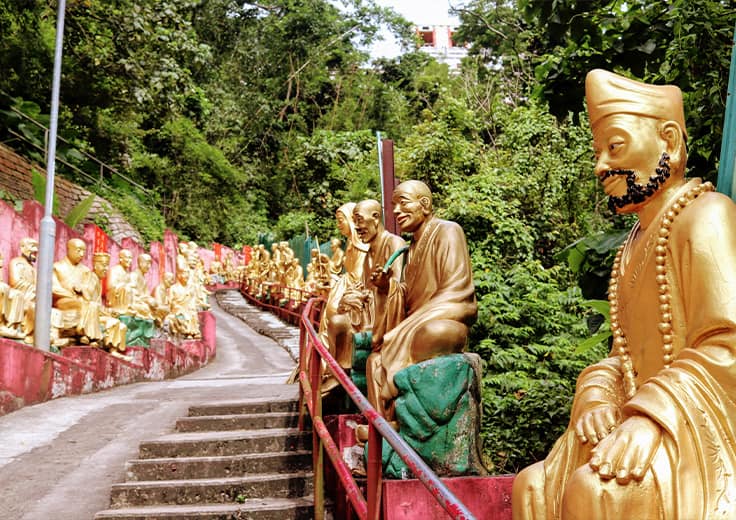
- Ten Thousand Buddha Temple
Buddhism in Hong Kong encompasses a wide range of beliefs and practices, and it plays a significant role in the religious and cultural fabric, providing a source of spiritual guidance as well as promoting ethical values. Founded in 1951, the 10,000 Buddha temple sits atop a hill requiring a short, stiff walk along a path that is lined on both sides with golden Buddhas, each with unique faces and in distinctive poses. The temple walls are lined with more statues and there are purportedly more than 10,000 in total. There are several buildings in the temple complex, a vegetarian restaurant and a souvenir shop, and the site affords an attractive view of the neighboring district.
- Tsang Tai Uk Walled Village, Sha Tin
Up until the early 20th century, Hong Kong’s coast, with its many inlets, islands and hills, was used by pirates as hideaways. Consequently, many villages fortified themselves against attacks by building walls and other fortifications. While most of these have disappeared, some remnants remain. One of the best-preserved is Tsang Tai Uk, which was built in 1847. Many of the original granite, bricks and timber houses and guard towers remain and it is still a living village, but visitors are allowed to explore the courtyard and the ancestral hall.
- Mei Ho House, Shek Kip Mei
On Christmas night of 1953, a devastating fire swept through the squatter settlement of Shek Kip Mei, displacing 58,000 mainland Chinese immigrants who had fled to Hong Kong. In response, the colonial government inaugurated a public housing program consisting of eight low-cost six-story resettlement blocks, which marked the beginning of Hong Kong's massive public housing program. Although an improvement over the squatter huts, the new units squeezed a family of five or more into a 120-square-foot room, without a kitchen or bathroom. In the 1990s, the buildings were demolished, except for Mei Ho House, which was granted historic status and has since been redeveloped into a youth hostel and a museum of the local life of the time and public housing history.

- Monster Building, Quarry Bay
Built in the 1960s and so named by its residents, it consists of five linked buildings that form an E-shape. Epitomizing Hong Kong’s densely packed and seemingly chaotic yet ‘can-do’ living environment, the apartments close in on three sides around a central courtyard. The iconic location has provided a background for some recent movie productions, including Transformers: Age of Extinction, Ghost in the Shell, and the TV series White Dragon/Strangers.
Which of these unique sights or experiences will you check out first? Tell us on Facebook.

About Dr. Roger Harris
Dr. Roger Harris is British by birth but after traveling the world extensively, he settled in Hong Kong 38 years ago with his Chinese wife. As an academic and consultant, he worked for many years promoting the use of Information Technology for poverty reduction among Asia’s rural and indigenous communities. His talks feature the Asian countries in which he has spent time, both professionally and personally, revealing their essential characteristics from a personal perspective.
- Flavorful Summer Treat: Raisin and Sweet Sherry Ice Cream Recipe
- Condé Nast Traveler Exclusive Editor’s Tips For Adventures Ashore
- Spotlighting 2025 European Cruises: From Dramatic Fjords to Ancient Ruins to Seaside Retreats
- Unwrap Travel Bliss: Holiday Voyages that Celebrate the Spirit of the Season
- Oceania Cruises Collaborates with the American Cancer Society Launching Relay For Life at Sea

